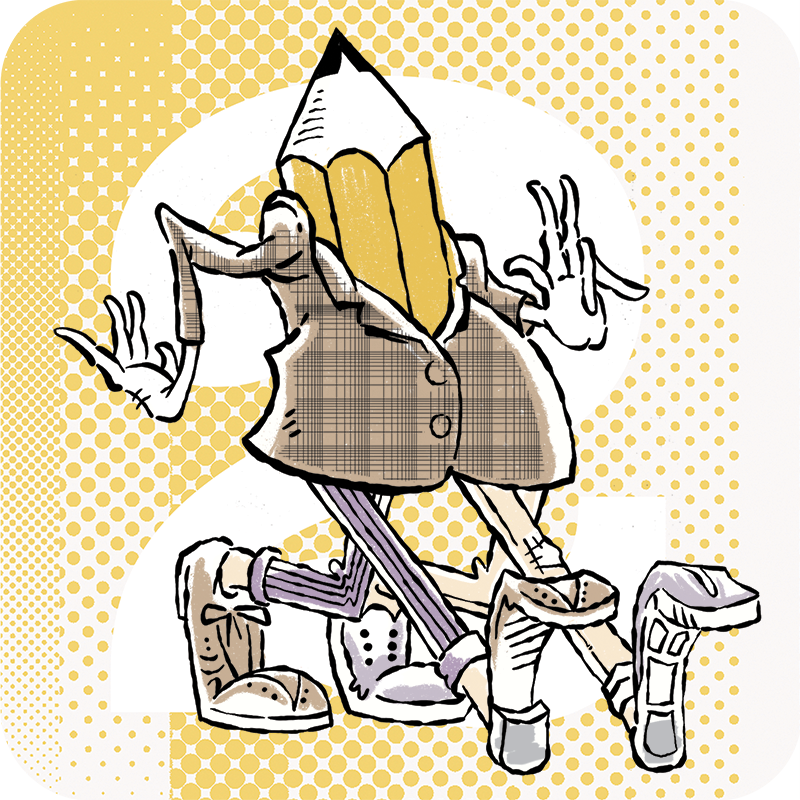Take the Day Off: A Look Back at the Glory Days of Peak Grunge
Guest post by Brian Coe (long time listener, first time contributor)
Like most concert goers of a certain age (I’m talking to you, Gen Xers), I have a collection of ticket stubs from many of the seminal musical moments of my youth. Today’s digital purchasing and delivery methods, while more convenient, don’t afford the same sort of tactile nostalgia inducing memories as a ripped piece of paper (and don’t get me started on my collection of band pins and show handbills — kids these days will never know the joys).
In my scrapbook of faded memories, sandwiched right between the Cure’s ‘Wish Tour’ stop outside of Pittsburgh and a Beastie Boys/Rollins Band show in Dayton, lies a remnant of what may have been the high-water mark of the 1992 concert season, a frayed ticket from August 16 that reads:
Take The Day Off
Lollapalooza ’92
Coca-Cola Star Lake
$.50/Ticket Goes To The Homeless Coalition
I have a handful of very strong recollections from the all day affair, including Pearl Jam performing an energetic set in broad daylight, chants of “F*ck You, Ice Cube!” during the rapper’s raucous set, chunks of sod being hurled toward the stage during an incendiary performance by Ministry, and an assortment of items (including cinder blocks) being suspended from various pieces of anatomy by the Amazing Mister Lifto, a member of the Jim Rose Circus Sideshow on the second stage.
Most of the more than ten hours of activity from that summer day have long since exited my memory banks. Thankfully, the recently published Lollapalooza: The Uncensored Story Of Alternative Rock’s Wildest Festival by Richard Bienstock and Tom Beaujour helps to fill in some of the gaps.
The pair of veteran rock journalists provides a comprehensive history of the touring carnival, utilizing interviews with more than 200 subjects, including performers, promoters, journalists, record company executives and crew members to provide a behind-the-scenes look at the alternative music circus.
Chief among the interviewees (to no surprise) is Perry Farrell, the enigmatic leader of Jane’s early alternative crusaders, Jane’s Addiction. Farrell’s original vision was for Lollapalooza to serve as a farewell tour for the groundbreaking band, while also providing a platform for different cultural activities and political organizations to share their views side-by-side.
The 1991 package tour included a selection of bands across the burgeoning underground spectrum. Jane’s Addiction sat atop the bill, with a disparate selection of support acts (Siouxsie and the Banshees, Living Colour, Ice-T, Butthole Surfers, Nine Inch Nails, and the Rollins Band) filling in the entertainment. And while tours featuring bands from various genres seem the norm these days, this initial outing was seen as avant-garde.
To the surprise of many, the logistically challenging twenty-one date tour proved to be a success at the box office, and planning for year two commenced before the final notes of the inaugural outing were played.
The book goes on to examine each of the subsequent years of Lollapalooza, looking at how what started as an event that originally showcased cutting edge culture in a pre-internet world grew to be a culture setter (the grunge-heavy 1992 lineup hit just as that genre was taking off), and morphed into a showcase of the biggest alternative acts of the day (1993-94), before starting to lose steam in 1995.
Eventually, like so many stories in pop culture, Lollapalooza’s own success proved to be its undoing. The underground became the mainstream, and as the tour continued to grow, bigger acts looked to get a piece of the pie. By the time 1996 rolled around, stadium rock behemoths Metallica (gulp) took the main stage, erasing much of the credibility that the event had earned during its first five years.
While an effort was made to refocus with an electronic-tinged lineup in 1997, it was too little, too late, and the tour was put in mothballs for several years before an abortive comeback was attempted in 2003.
Still, the festival’s impact on the concert industry — both in its heyday and in today’s entertainment world — can’t be denied. The first-of-its-kind bundle of bands helped to spawn other contemporary tours, including the more punk-tinged Warped Tour, the female-focused Lilith Fair as well as the H.O.R.D.E. Festival (Horizons of Rock Developing Everywhere — try saying that five times fast), for those into the jam band genre.
The traveling full-day festival is now a thing of the past. But Lollapalooza’s legacy of bringing diverse acts together lives on through major annual events, including Bonnaroo, the Governors Ball, Boston Calling, Bumbershoot, Burning Man, Coachella. These are the modern day lifestyle showcases, presenting plenty of diverse musical stimulation for fans of multiple genres. But do they move the needle for today’s youth culture like Lollapalooza did in the early ‘90s?
Lollapalooza itself was resurrected as a Chicago-based four-day festival in 2005. The current incarnation features hundreds of acts over a long weekend, but the impact the original left on the mainstream culture, with its traveling troupe of musicians, sideshow acts and progressive ideas, will likely never be seen again.
The stories laid out in the 399 pages of Lollapalooza make for a fun and nostalgic read for those of us who were there in the ‘90s, and an insightful look at how a good idea with the best intentions can be corrupted and turned into exactly what it was formed to combat.
Looking to reminisce about those good ol’ grunge days even further? Check out the Two Designers Walk Into A Bar archives for a four-episode arc focused on Gen X and 1990s culture. Start here with their background story on Gen X’s coming of age and let me know what you think. No ticket required.
Brian Coe is a Gen X sports marketing executive and lifelong music fan who still treasures his ticket stubs almost as much as his love of hockey. Find out more by following him on LinkedIn and X.
